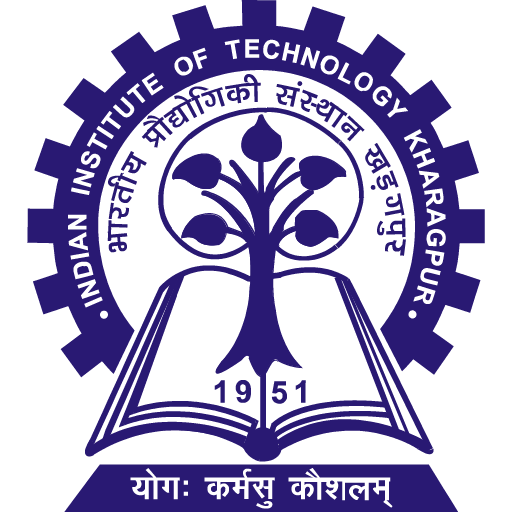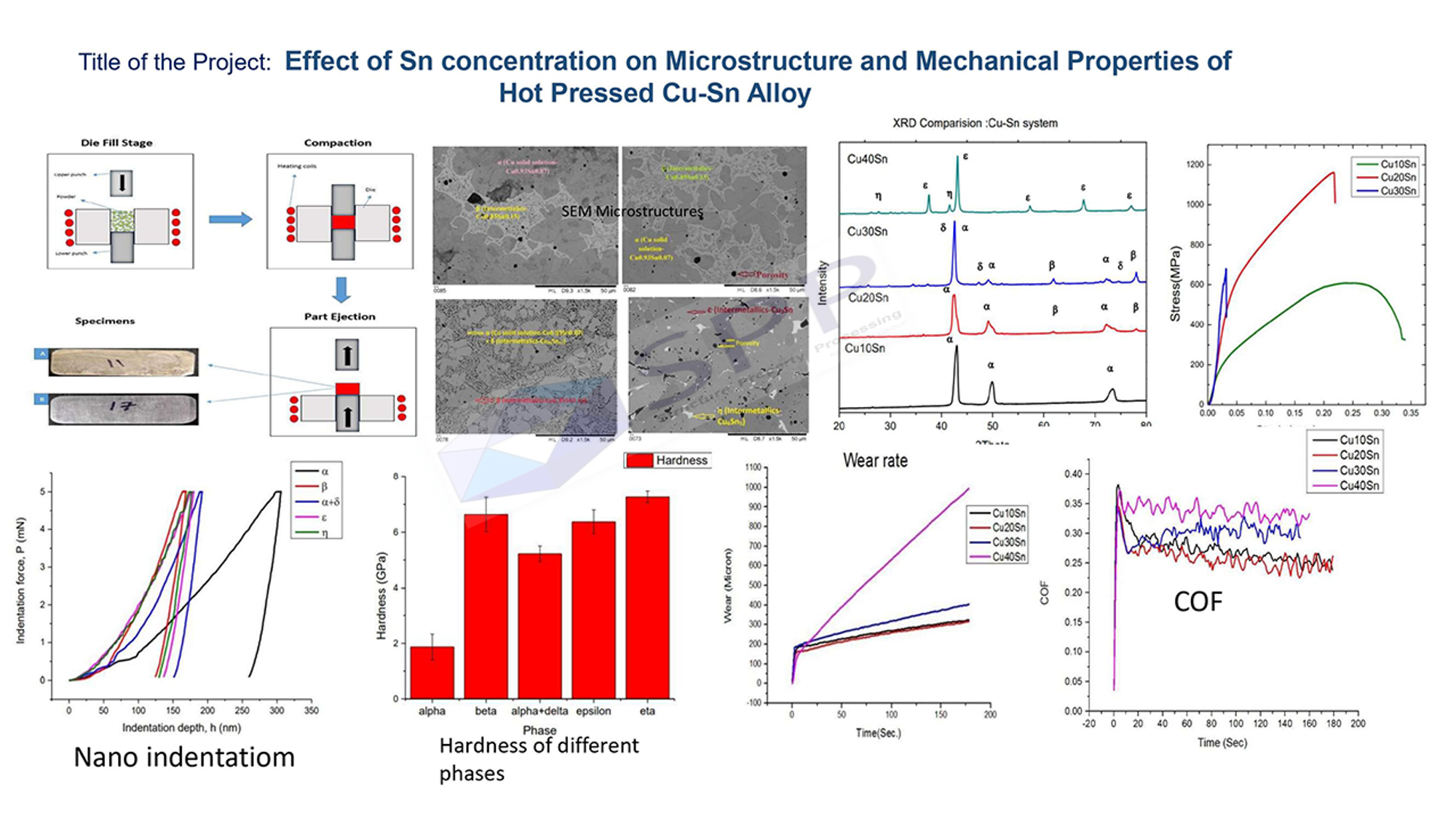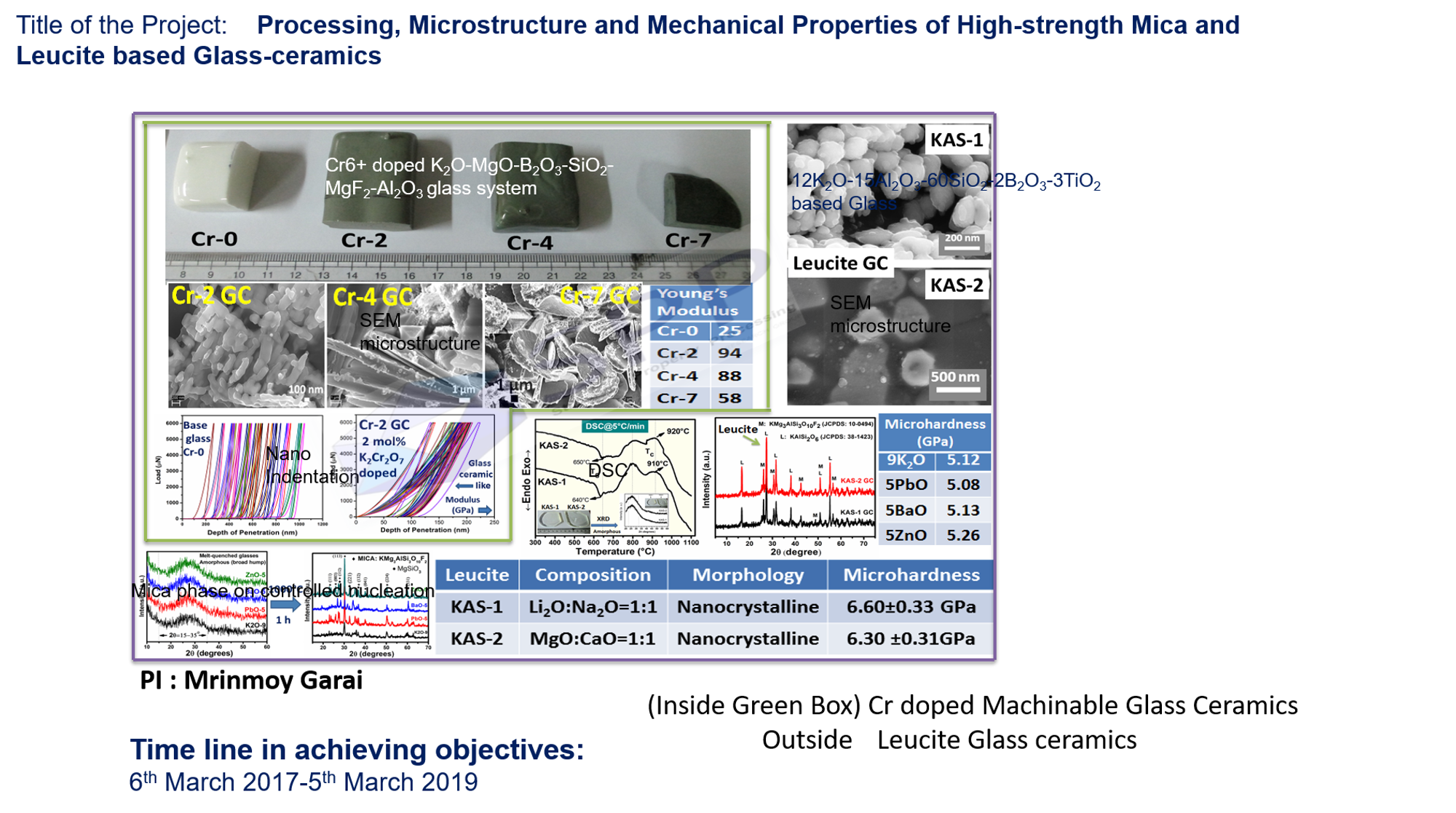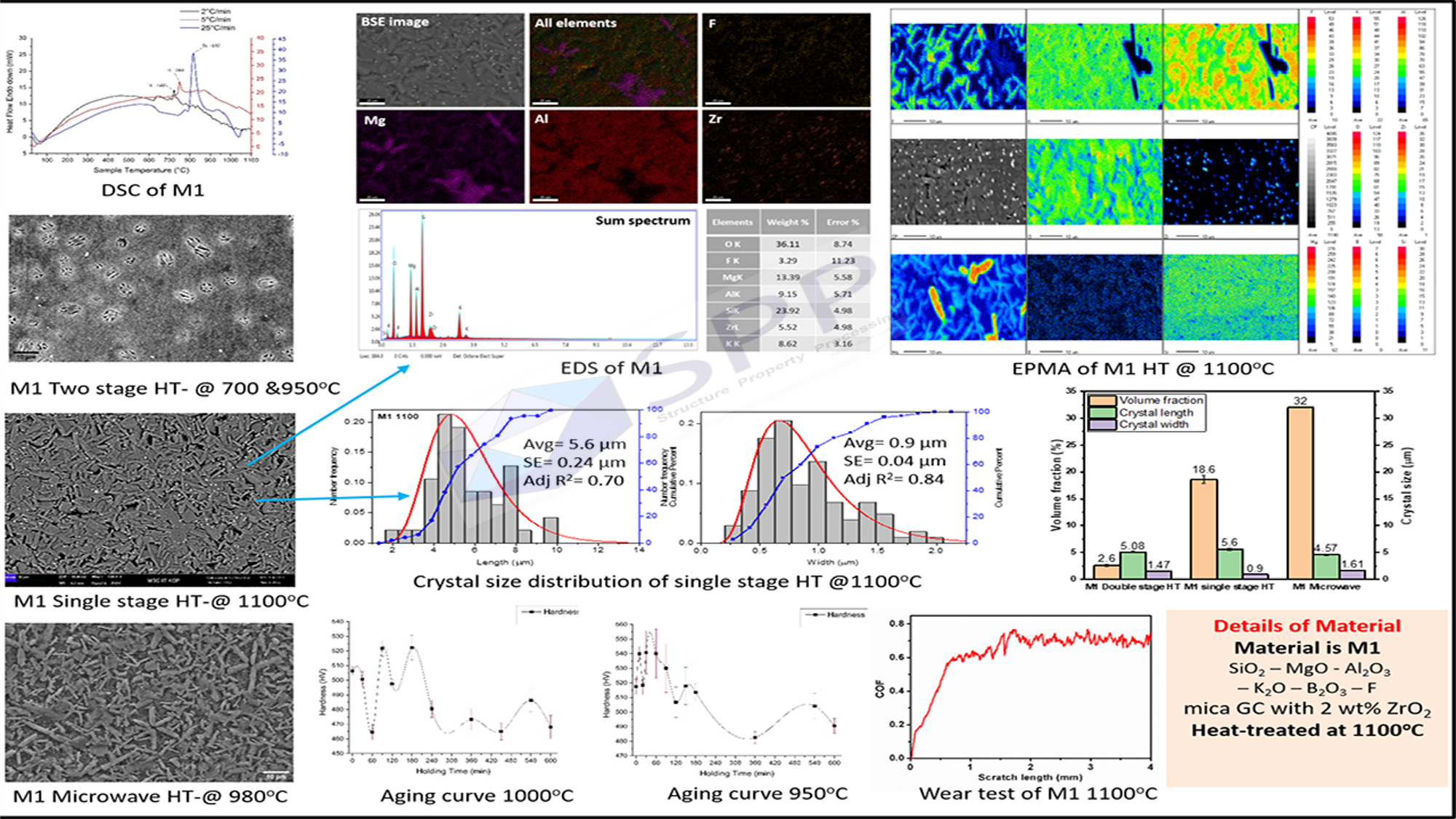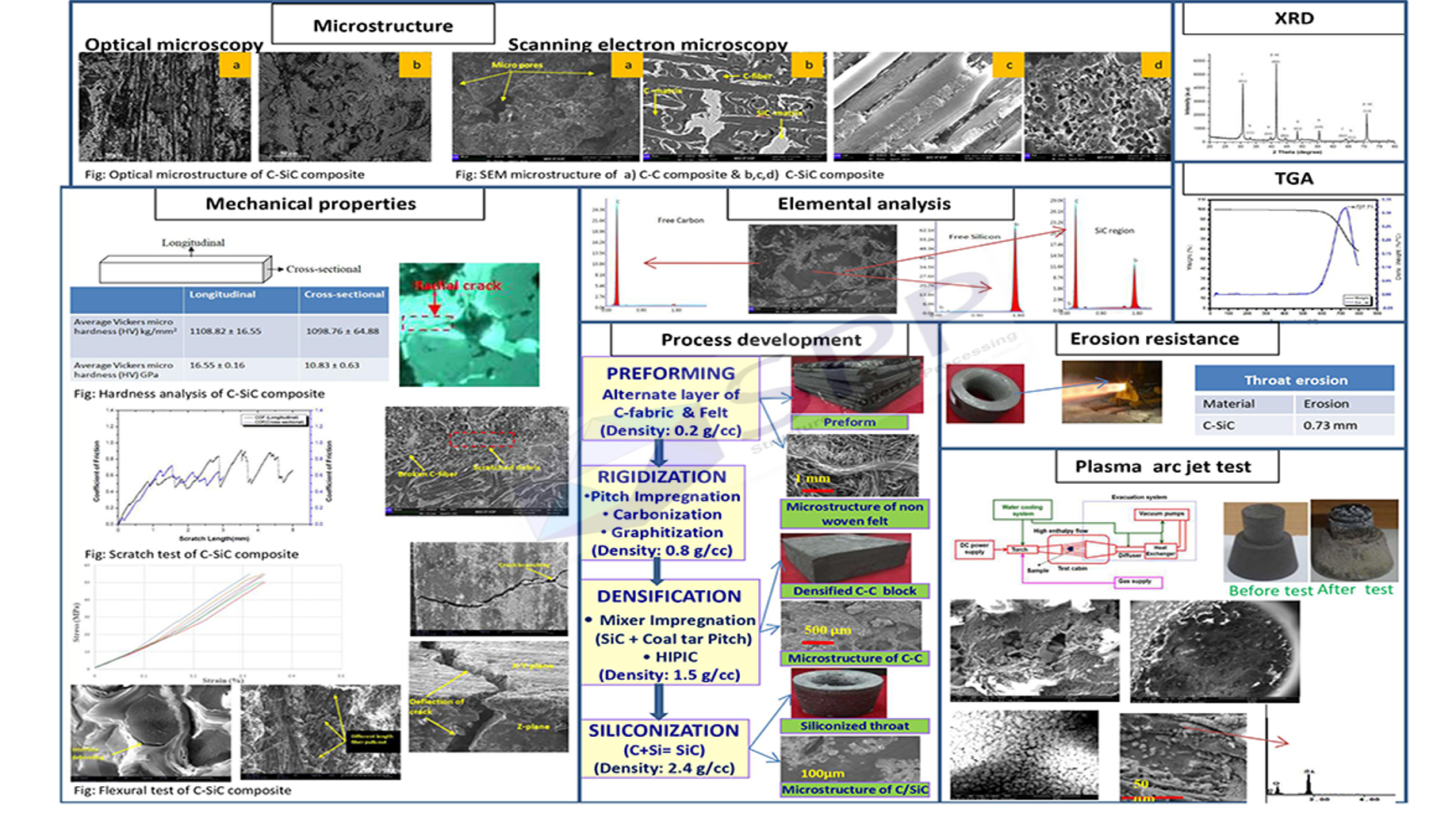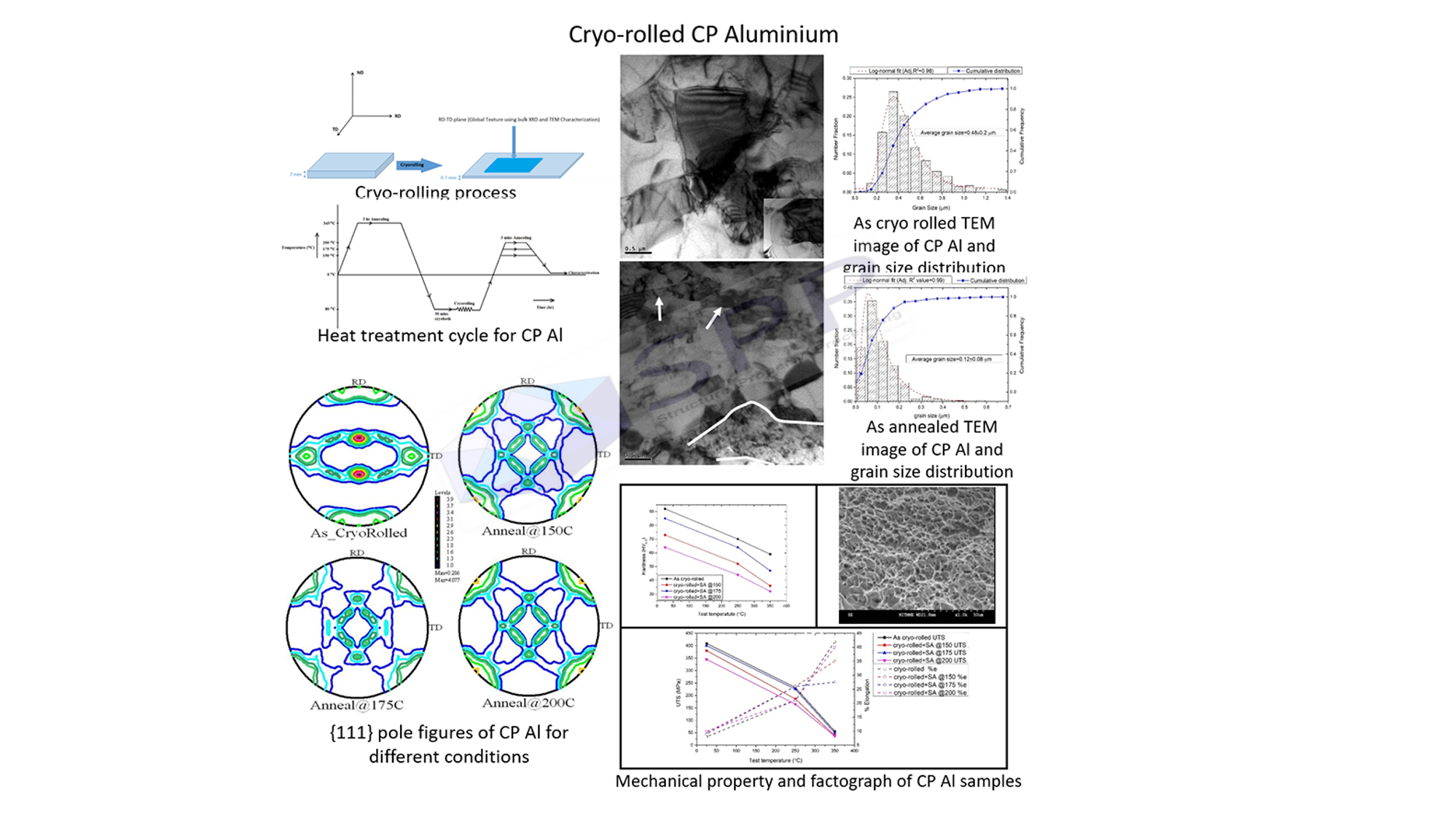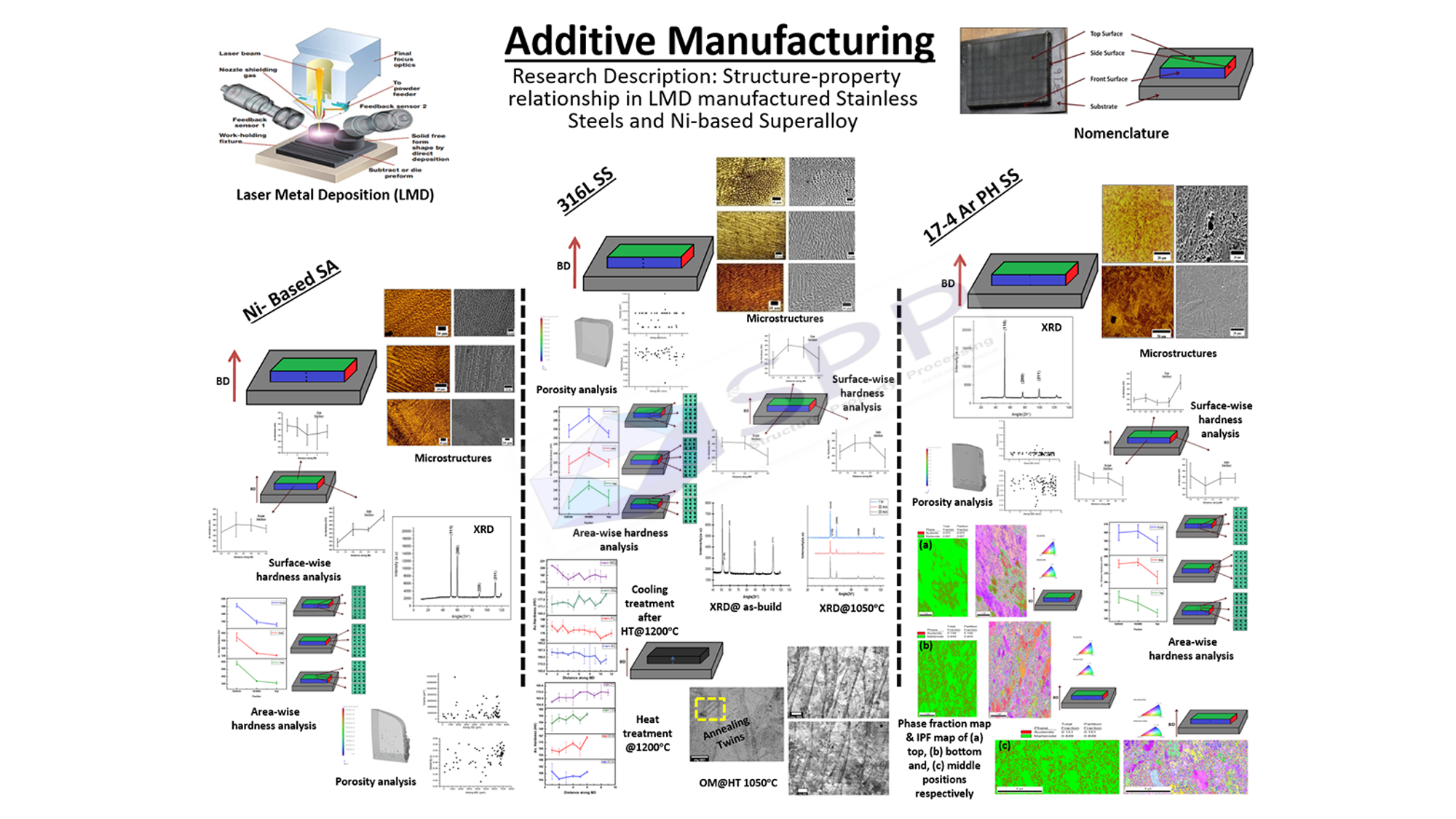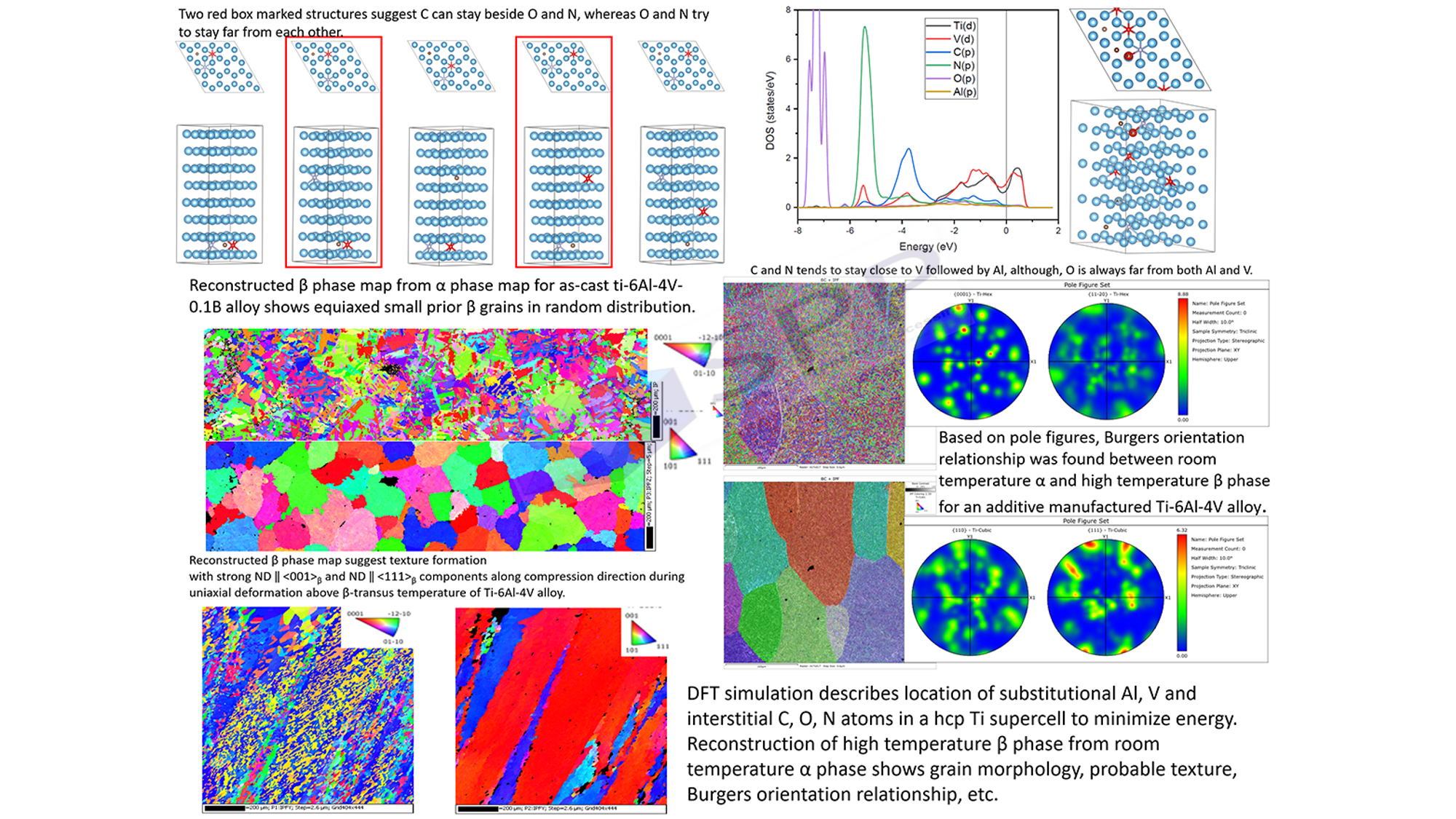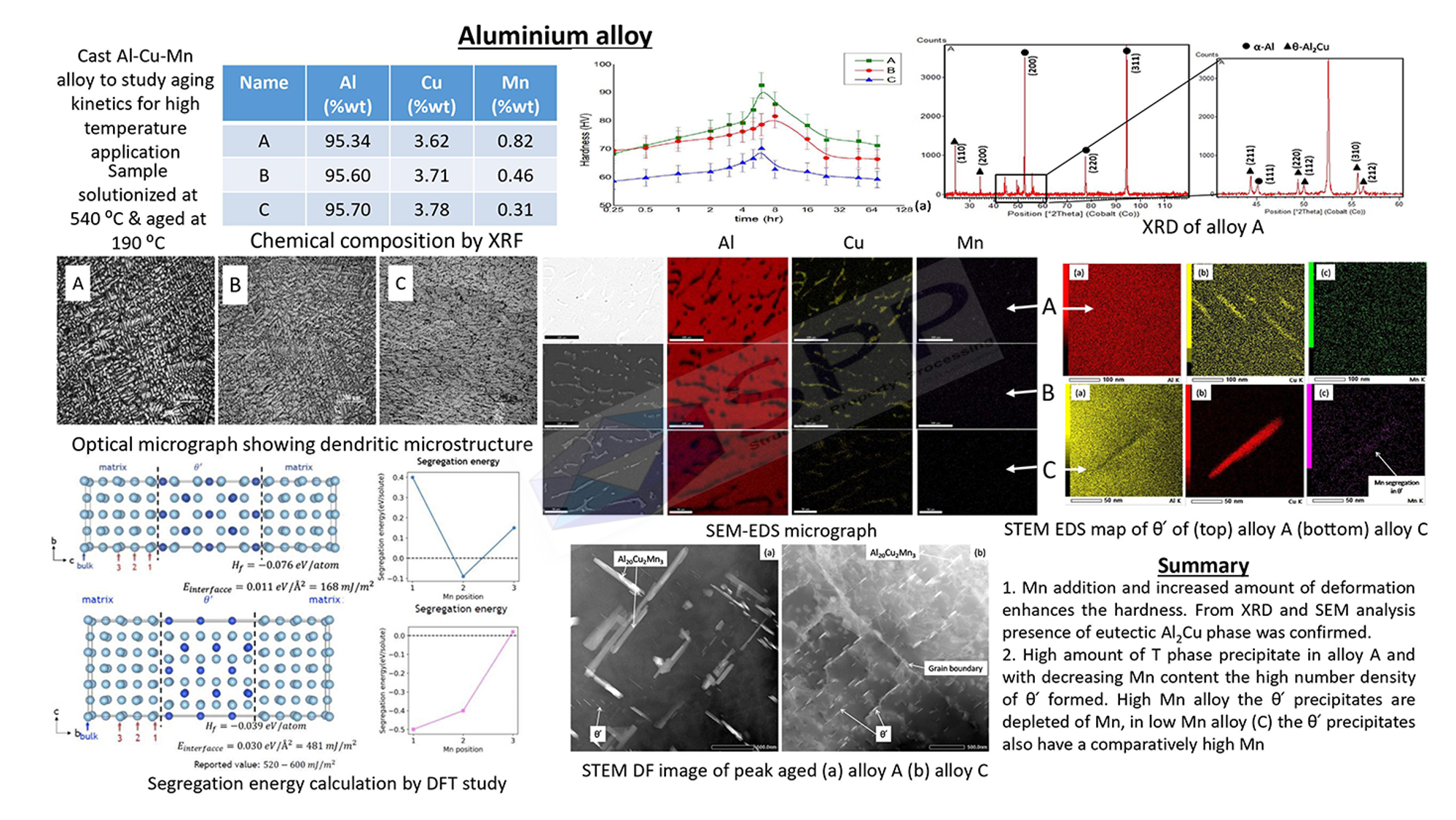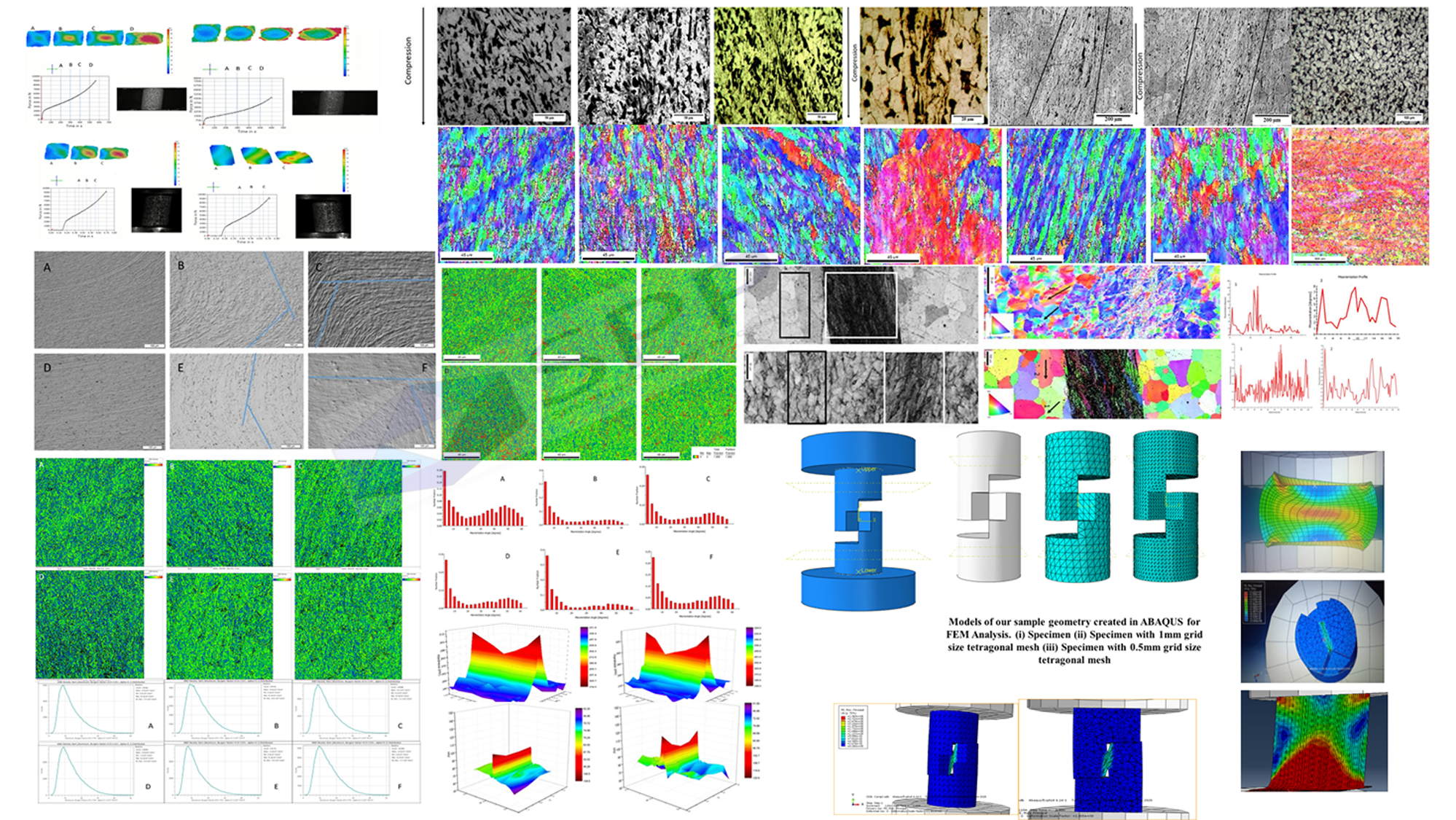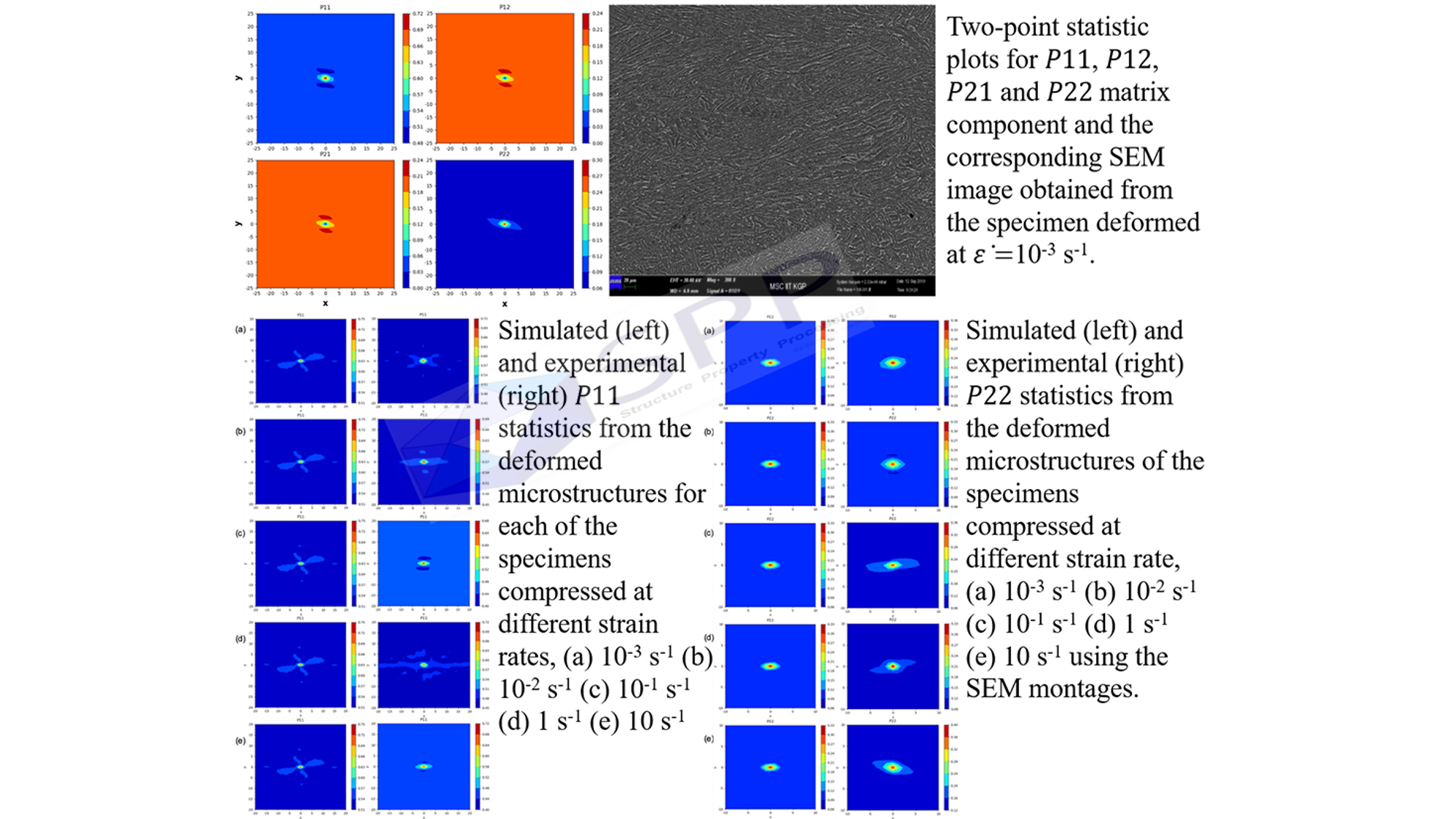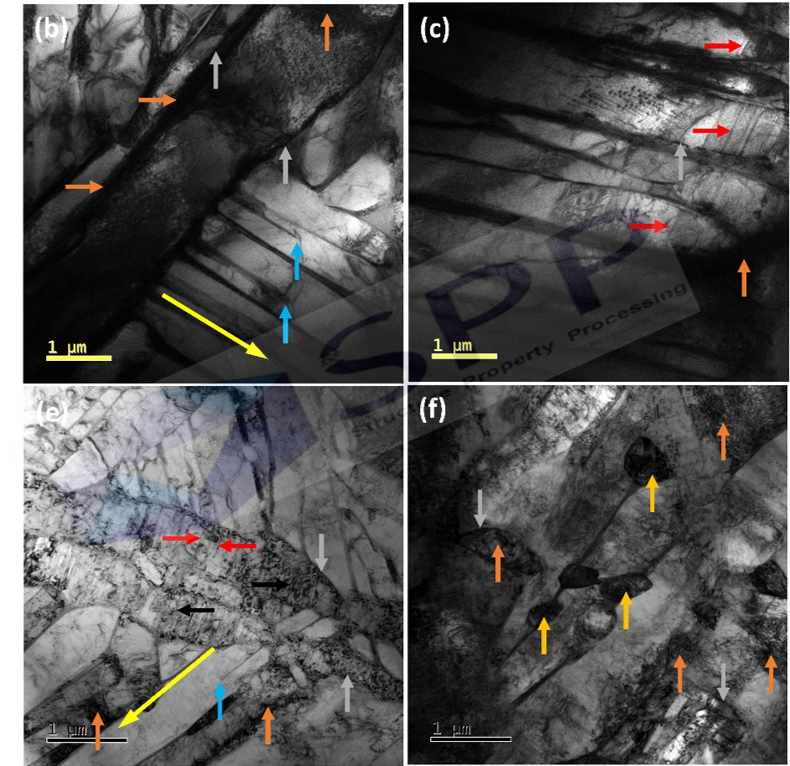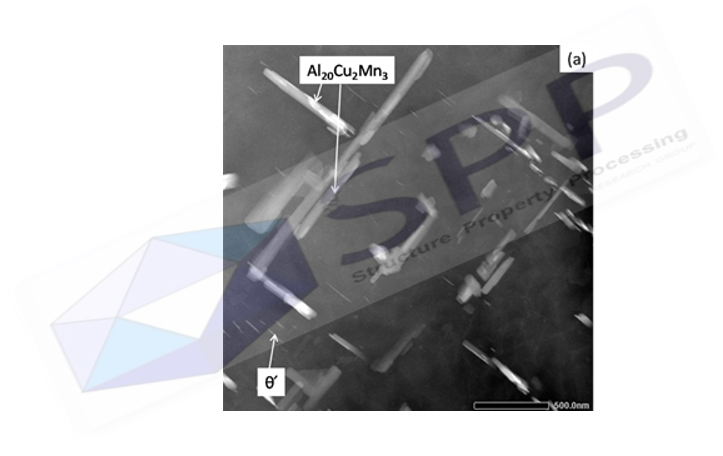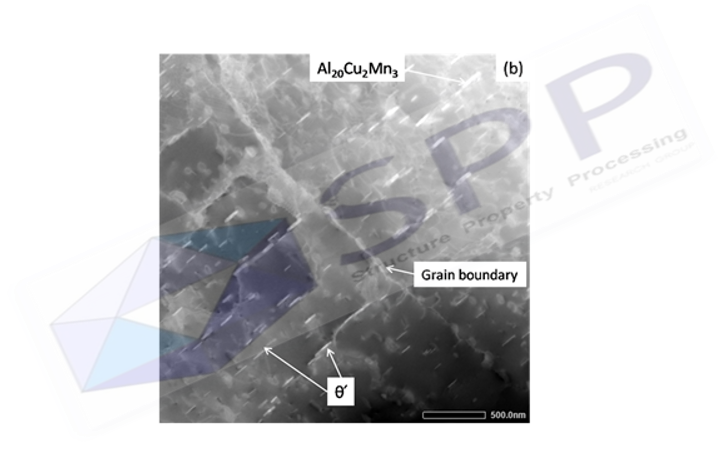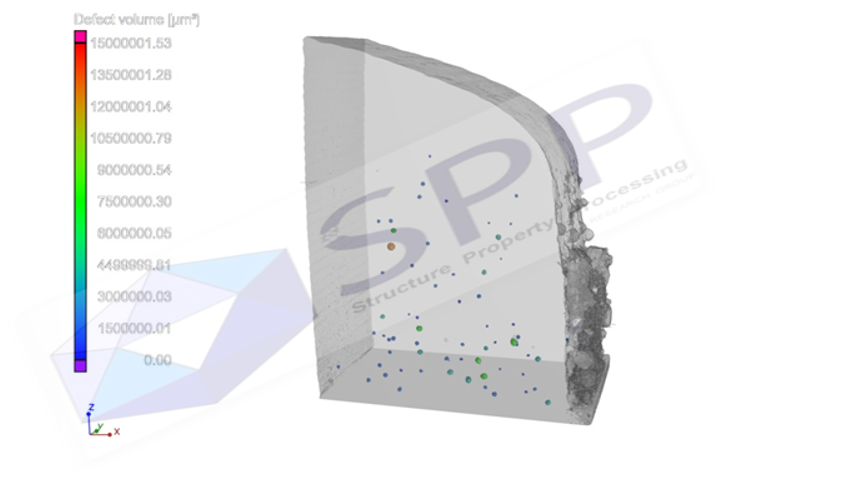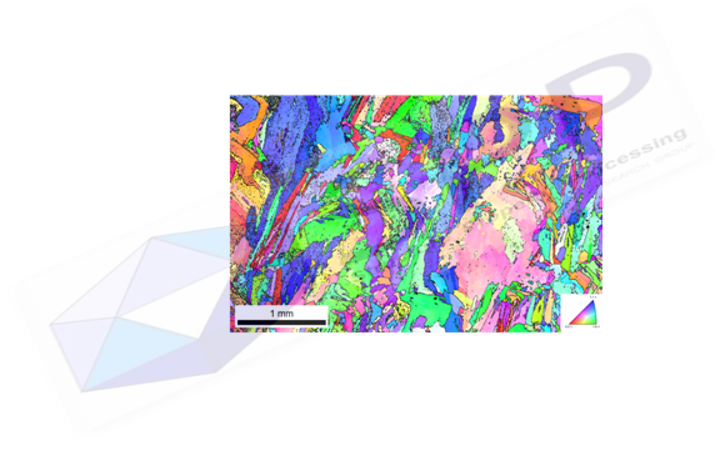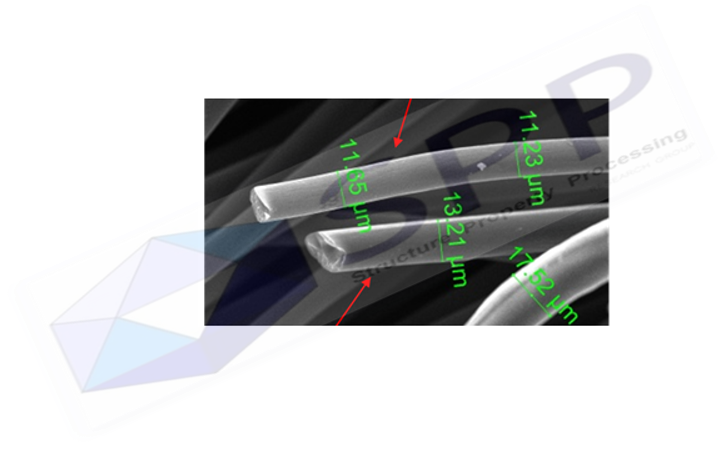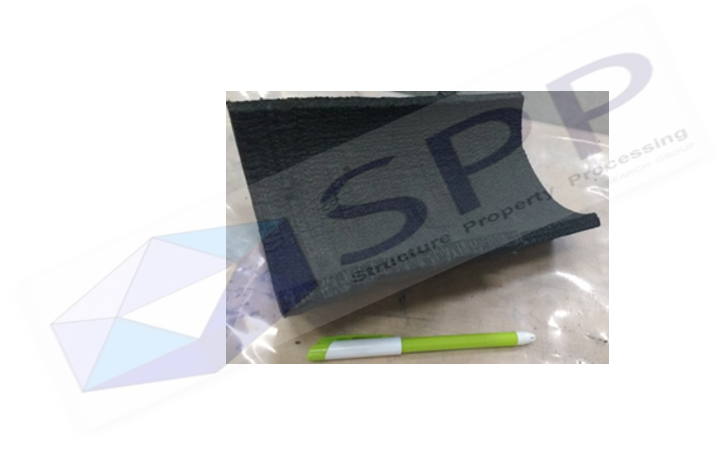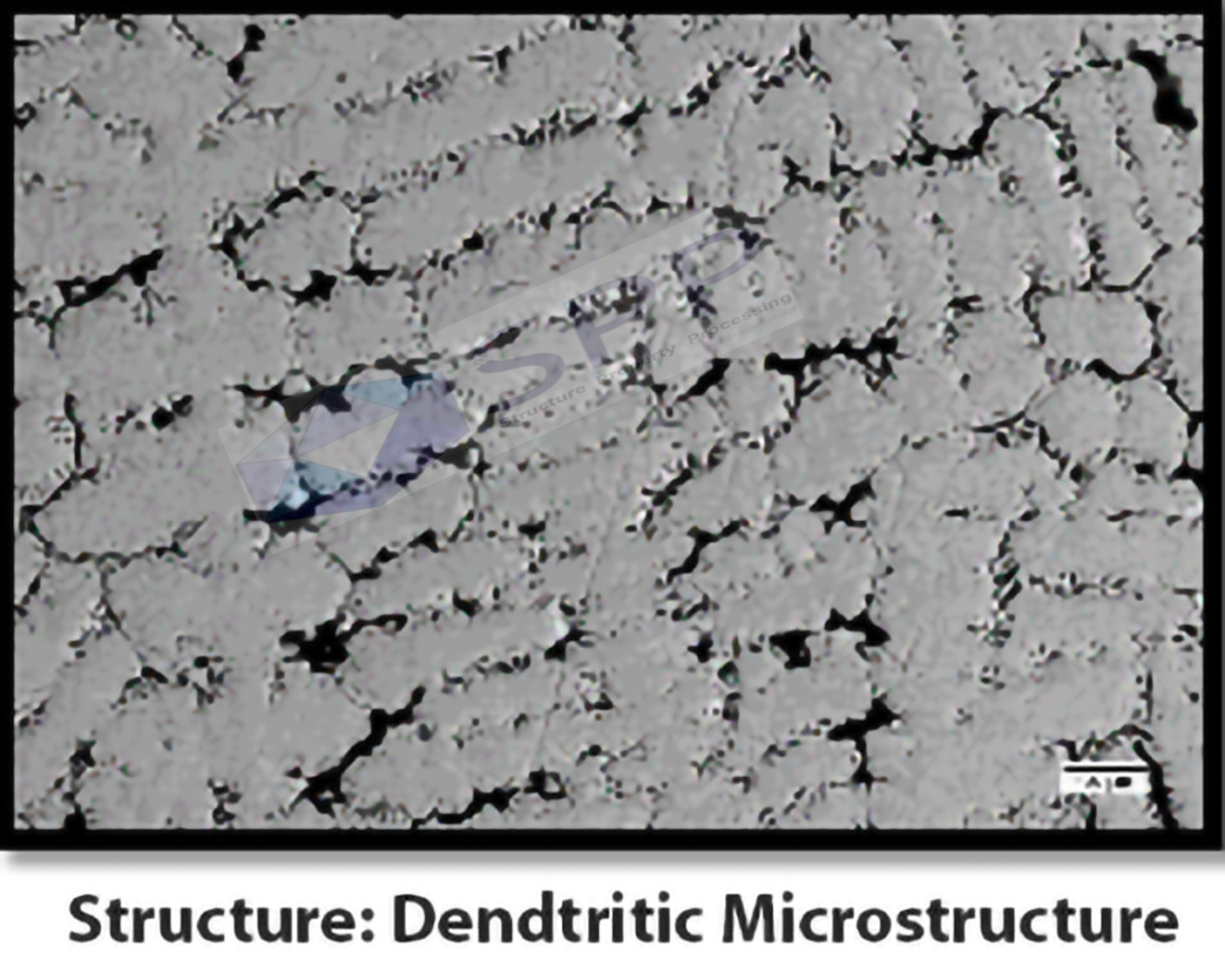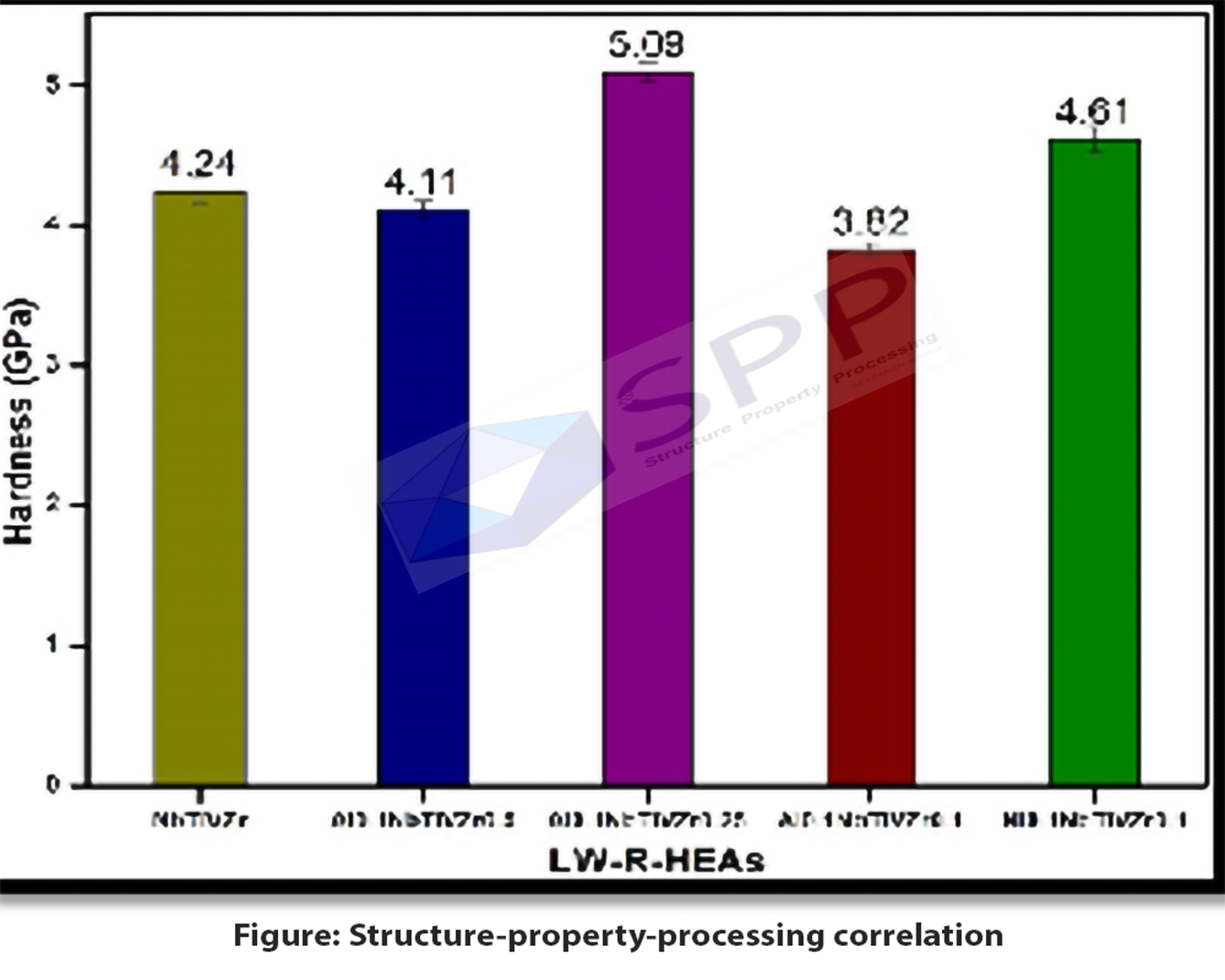Novel equi- or near equi-atomic multicomponent
alloys have gained a lot of attention in recent years due to its simple phase and microstructure
formation ability. Since, these alloys consisting of 5 or more metals and named as “High entropy alloys
(HEAs)” due to high randomness. Refractory high entropy alloys (R-HEAs) are one of the classes obtained
from high entropy alloys and consisting with refractory metallic elements. Most commonly used refractory
elements are V, Cr, Zr, Nb, Mo, Hf, Ta and W for both conventional refractory and refractory high
entropy alloys. In order to decreasing the density of the refractory high entropy alloys with promising
yield strength and ductility (or strain to fracture), elements like Ti and Al have used. Currently, Fe-,
Ni- and Co- base super alloys have mostly occupied the industrial and aircraft applications due to their
high temperature mechanical properties. However, super alloys are not able to meet promising yield
strength at elevated temperature applications. Though conventional refractory alloys are showing
moderate impact on yield strength from room temperature to 1000℃, but showing detrimental effect in
ductility. A special attention initiated towards R-HEAs to address the issues generated from super and
conventional refractory alloys. Several scientific reports suggests that R-HEAs possess the ability to
produce with high temperature yield strength, ductility over super and conventional refractory alloys by
forming simple BCC or HCP structure. This research work involved with the design and development of
light weight refractory high entropy (LW-R-HEAs) and their structure-processing-property
correlation.
 crop.jpg)
